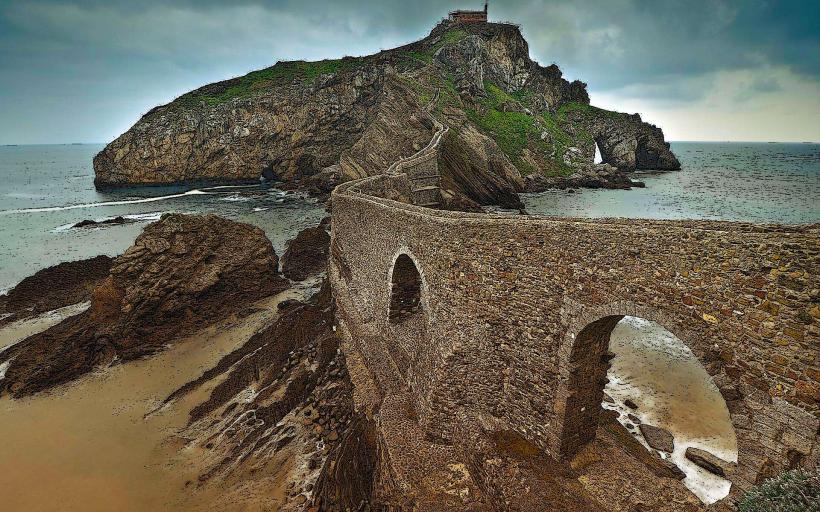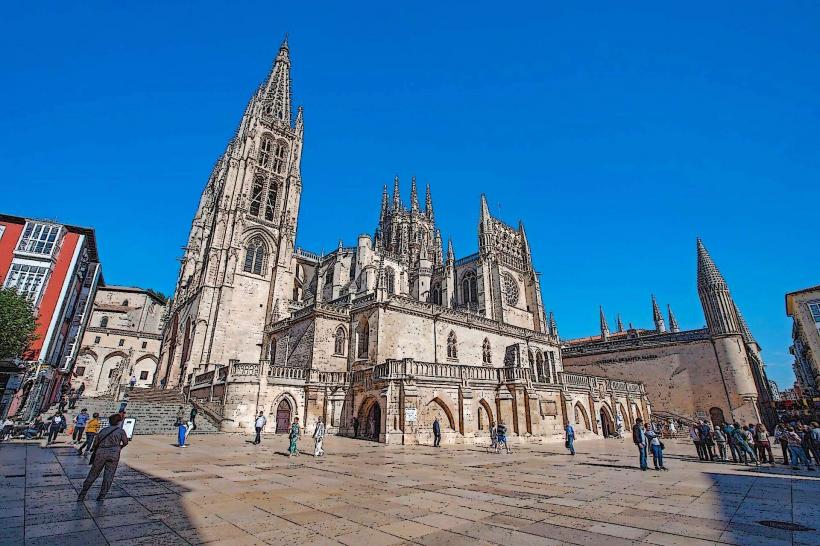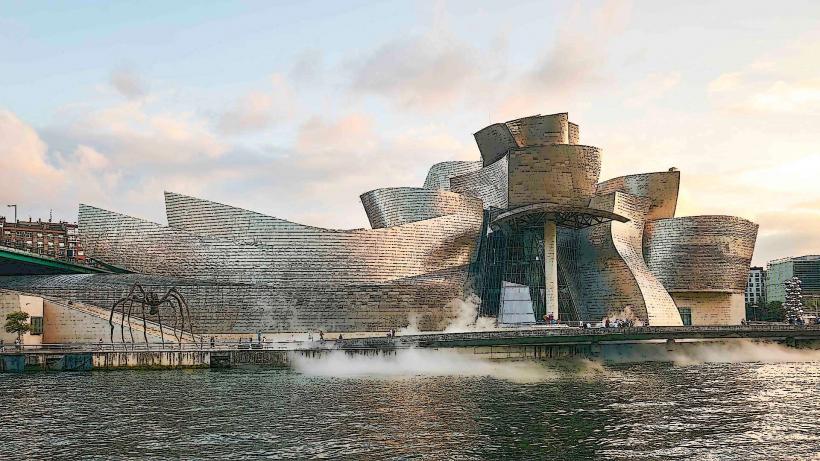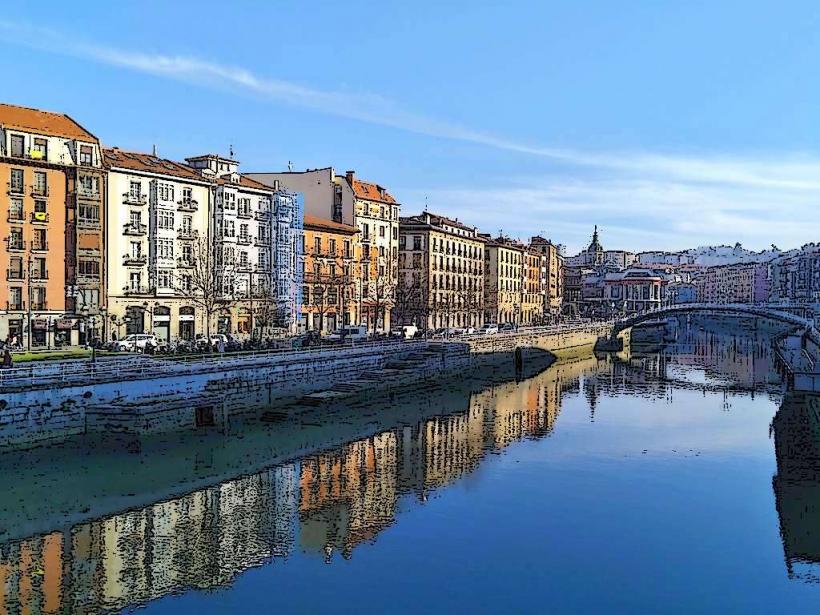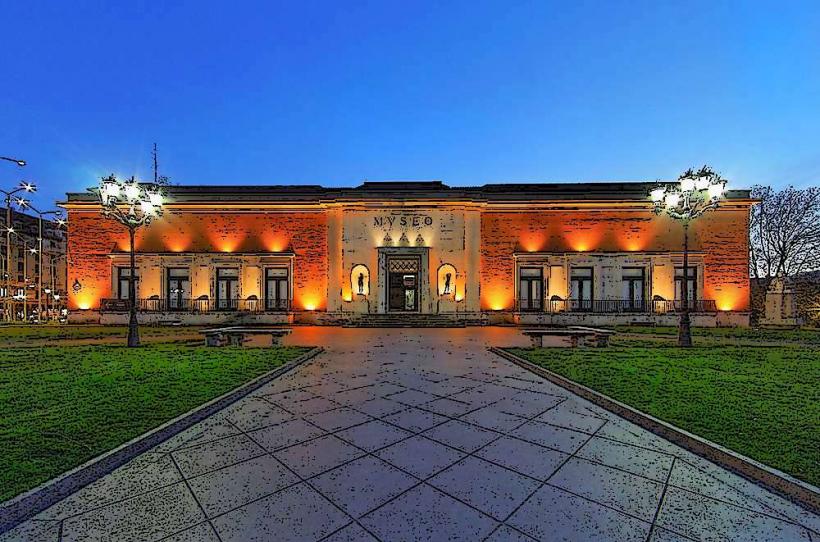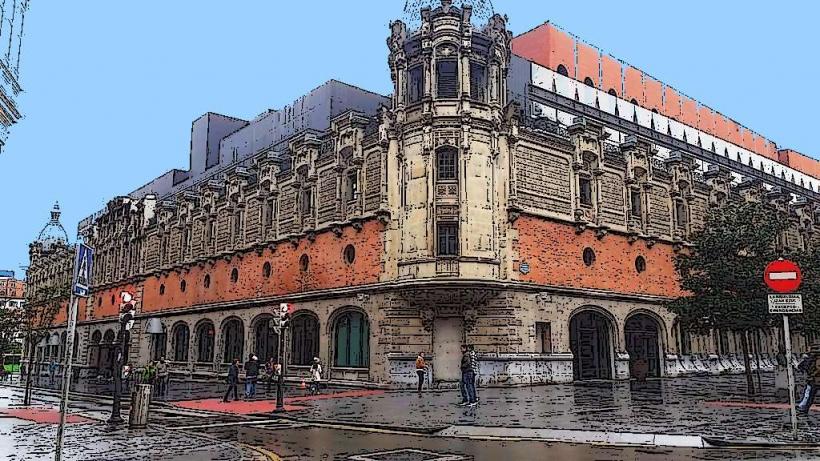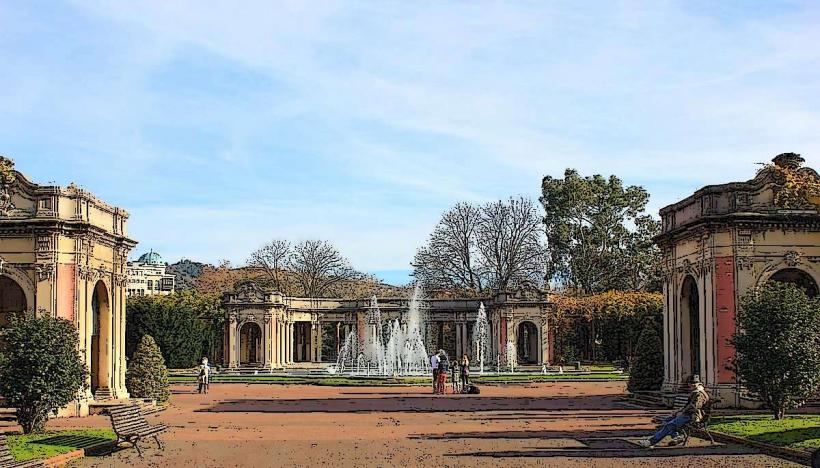Information
Landmark: Monasterio de San Millan de la CogollaCity: Bilbao
Country: Spain
Continent: Europe
The Monasteries of San Millán de la Cogolla, located in the La Rioja region of Spain, are UNESCO World Heritage Sites and among the most important religious complexes in Spain. The two main monasteries here, Suso (meaning "upper") and Yuso ("lower"), are celebrated for their historical and cultural significance, especially in relation to the origins of the Spanish language. This sacred site is associated with Saint Millán, a hermit and patron saint of Castile, and has been a center for Christian devotion, learning, and manuscript production since the 6th century.
Key Highlights of the Monasteries of San Millán:
Monastery of Suso:
- Suso is the older of the two monasteries and dates back to 6th century when it was founded by Saint Millán (San Millán or Emilianus), who led an ascetic life as a hermit in the caves that still exist at the site.
- This monastery showcases Visigothic, Mozarabic, and Romanesque architectural styles, reflecting centuries of religious and architectural development.
- Inside, Suso contains caves and tombs that blend natural and man-made elements, preserving the tradition of hermit cells.
- It is historically significant for being one of the earliest places where the Glosas Emilianenses were written. These are considered the first written examples of both Spanish and Basque, making Suso a critical site in the history of the Spanish language.
Monastery of Yuso:
- Built below Suso in the 11th century and expanded over the following centuries, Yuso is often called the "Escorial of La Rioja" due to its grand scale and architectural splendor.
- Yuso’s design includes elements of Romanesque, Gothic, and Baroque styles. Its grand cloisters, intricately carved choir stalls, and gilded altarpieces make it an architectural masterpiece.
- The Yuso Library is renowned for its invaluable manuscripts and religious texts, including Latin and Spanish codices that document the early stages of the Castilian language.
- Within Yuso, visitors can also see the reliquary of Saint Millán and various relics, as well as an impressive collection of religious artifacts and paintings from different eras.
Language and Cultural Heritage:
- The Glosas Emilianenses, found in Suso’s library, are of immense historical importance because they are some of the earliest known written instances of Spanish and Basque. These annotations in the margins of Latin religious texts represent the first steps of the Spanish language.
- The monasteries are revered as "the cradle of the Spanish language," as the monks at San Millán played a vital role in the early development and spread of Spanish literature and documentation.
Religious and Pilgrimage Site:
- The monasteries have been pilgrimage destinations for centuries, especially among those venerating Saint Millán. He was later declared the patron saint of Castile, and his connection to the region has left a lasting legacy.
- The site is also significant on the Camino de Santiago, offering pilgrims a place of reflection and reverence on their journey.
Art and Manuscript Production:
- During the Middle Ages, the monasteries were major centers for manuscript illumination and scriptorium work. Monks produced detailed manuscripts and codices that helped preserve religious texts and spread Christian teachings.
- The monastery's artifacts, manuscripts, and frescoes are testaments to the intellectual and artistic endeavors that took place there, contributing significantly to medieval Spanish culture.
UNESCO World Heritage Site:
- In 1997, the Monasteries of San Millán de la Cogolla were declared a UNESCO World Heritage Site for their contributions to language, culture, and religion in Spain. The preservation of these sites allows visitors to experience one of the earliest chapters in Spain's cultural and linguistic history.
Visiting San Millán de la Cogolla:
- Guided tours are available, offering insights into the monasteries' religious, historical, and linguistic significance. Visitors can explore Suso and Yuso’s chapels, libraries, and artifacts, as well as enjoy views of the beautiful surrounding landscape.
- Access to Suso is restricted to protect its fragile historical elements, and visitors are typically transported there by official shuttle from Yuso.
Conclusion:
The Monasteries of San Millán de la Cogolla are not just historical buildings; they are symbols of Spain’s religious devotion and linguistic origins. The tranquil environment, ancient manuscripts, and architectural beauty make these monasteries a fascinating journey through Spain’s medieval past and a tribute to the legacy of Saint Millán.


